End Of An Era: MDA Telethon Ends Historic Run, Urgent Fight for Families Continues
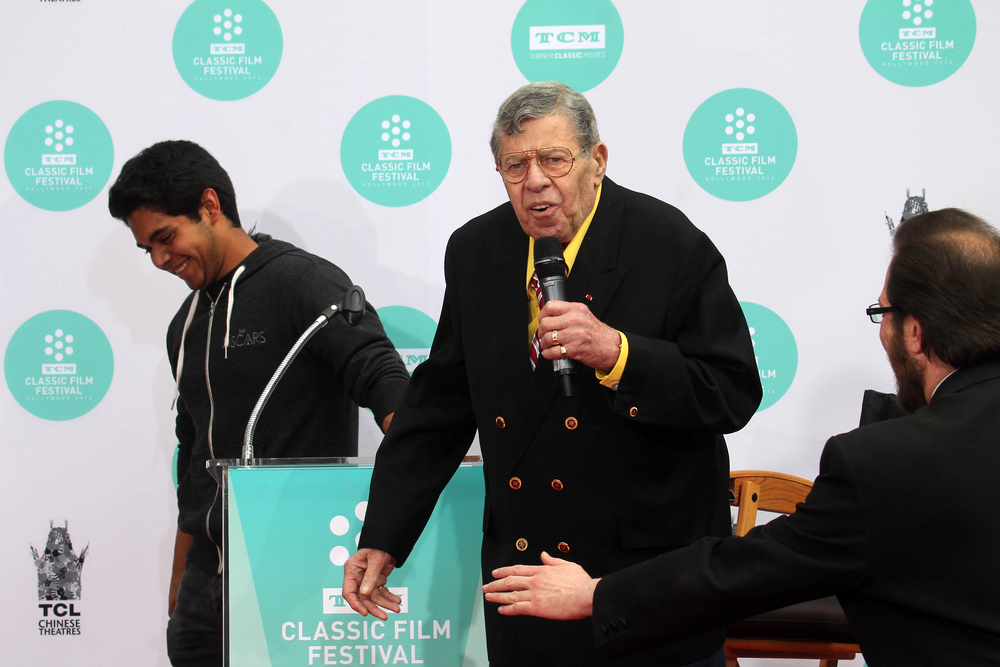
The Muscular Dystrophy Association (MDA) announced May 1 that after careful consideration and analysis of evolving realities pertaining to both television viewing habits and to philanthropic giving, it is time for the organization to discontinue producing and broadcasting the MDA telethon after 58 years on the air, and move beyond its historic Labor Day telethon — most recently named the “MDA Show of Strength Telethon.”
In the telethon’s place, MDA plans to shift its informational and fund-raising focus, investing more in digital and mobile channels for consumer engagement and activation. The organization will continue to share the inspirational stories of MDA families not only on Labor Day but throughout the year via digital channels as part of an emerging year-round plan to revitalize its brand, to connect with donors more frequently, strengthen family support, attract and recognize sponsors, and use innovative new ways to engage new supporters.
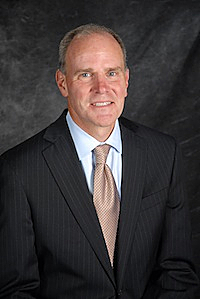 “The decision to end our beloved telethon was not made lightly,” says MDA President and CEO Steven M. Derks. “In the last few years, the show was adjusted to reflect changes in viewership and donor patterns, and last summer’s Ice Bucket Challenge once again affirmed for us that today’s families, donors and sponsors are looking to us for new, creative and organic ways to support our mission.”
“The decision to end our beloved telethon was not made lightly,” says MDA President and CEO Steven M. Derks. “In the last few years, the show was adjusted to reflect changes in viewership and donor patterns, and last summer’s Ice Bucket Challenge once again affirmed for us that today’s families, donors and sponsors are looking to us for new, creative and organic ways to support our mission.”
As a member of the American Cancer Society’s national executive team, Mr. Derks has been recognized as a creative and energetic leader, with many of his initiatives having been adopted nationwide by the Society, which he joined in 2002 Mr. Derks founded the organization’s “CEOs Against Cancer” public education and fundraising program, which today includes nearly 100 participating CEOs in Illinois, empowering 5 million employees and dependents with lifesaving prevention, early detection and cancer information. The program also has grown to 400 CEOs nationwide in 14 chapters.
In a statement, Mr. Derks describes MDA’s mission as being “life-changing, steadfast and malleable,” reminding members of the organization to never fits roots — started by families, for families — as it changes meet evolving needs and opportunities of the day.
“At MDA,” he says, we have never taken life’s most basic abilities for granted because the kids, adults and families we serve cannot. Im referring to everyday activities the ability to walk, to laugh, to dress and feed yourself, to hug and even to breathe. We fight every moment of every day to protect and enable these precious freedoms.
“Our big picture perspective on muscular dystrophy, ALS and other diseases that not only limit muscle strength and mobility, but which threaten lives, has allowed us to lead, change and create memorable milestones and moments over many years. Two distinctly American cultural phenomena volunteerism and philanthropy have been hallmarks of our quest.”
Mr. Derks observes that the MDA telethon was conceived six decades ago as a way to introduce the organization’s mission to a nation. Muscular Dystrophy Association leaders embraced went with the then-novel approach, and this big idea of leveraging the power of television broadcasting at its infancy captured the hearts of Americans in hometowns nationwide.
Using the then relatively recent and new communications devices — the telephone and television respectively, and supported by a cadre of generous celebrities, the Muscular Dystrophy Association telethon, which first aired in 1956 co-hosted by Jerry Lewis and Dean Martin, and originating from New York City’s Carnegie Hall. “The Martin and Lewis Roundup” was broadcast June 29-30. On July 25, 1956, the 10th anniversary of their initial teaming, Martin and Lewis ended their celebrated partnership in one of the most famous breakups in show business history.
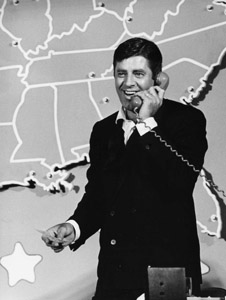 After the successful 1956 telethon, Jerry Lewis was named the organization’s National Chairman, a voluntary position he would hold for 55 years. MDAs first Labor Day weekend telethon was broadcast in 1966 on a single New York station and went on to become the most successful fundraising event in the history of television, bringing its mission to the masses, and in so doing changed the face of charitable philanthropy as it had been known.
After the successful 1956 telethon, Jerry Lewis was named the organization’s National Chairman, a voluntary position he would hold for 55 years. MDAs first Labor Day weekend telethon was broadcast in 1966 on a single New York station and went on to become the most successful fundraising event in the history of television, bringing its mission to the masses, and in so doing changed the face of charitable philanthropy as it had been known.
A sampling of Hollywood celebrities who have appeared on the MDA telethon, includes: Frank Sinatra, Dean Martin, Sammy Davis Jr., John Lennon, Michael Jackson, Billy Crystal, Robin Williams, Jerry Seinfeld and Celine Dion, while in recent years, talent performing on the MDA telethon s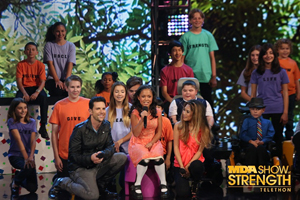 tage has included Carrie Underwood, Pitbull, Ryan Seacrest, Luke Bryan, will.i.am and Jennifer Lopez. Chris Mann and Jessica Sanchez were among the stars who shared their talents on the 2013 MDA Show of Strength Telethon.
tage has included Carrie Underwood, Pitbull, Ryan Seacrest, Luke Bryan, will.i.am and Jennifer Lopez. Chris Mann and Jessica Sanchez were among the stars who shared their talents on the 2013 MDA Show of Strength Telethon.
However, none of the high-profile supporters has been more important than irrepressible comic and actor Lewis, who was the MDA Telethon’s public face for more than half a century, as the organization brought its families’ remarkable stories of strength into Americans’ hearts and homes.
“While many people may not know the telethon or have watched it in recent years, we want our longtime, loyal telethon supporters to know this is a decision we do not take lightly,” Mr. Derks affirms, noting that in its heyday, the MDA telethon sparked an era of giving and volunteerism across America.
However, while television and telephone are still important media for engaging supporters today, Mr. Derks observes that more cost-effective digital media are now the preferred channels of choice in a marketplace of information and ideas vastly more fragmented than it was in the days of a three-network TV universe and telco monopoly voice communications. The handful of TV stations with their relatively concentrated audiences during the early telethon years have given way to hundreds of public and cable TV networks, Websites, apps, interactive social media, streaming video and user-generated content, hosted on an array of devices — computers, smartphones, tablets and intelligent watches. These phenomena are reshaping society, including the fundraising landscape for successful nonprofits.
Mr. Derks points out that MDA has already been diversifying its engagement strategies beyond the telethon in response to these changes and the shifting information media preferences of its supporters. For example, the organization partners with retailers to enable consumer donations at checkout counters and use electronic shopping carts. Firefighters using their boots to collect donations on street corners also energize support via Facebook pages, while amateur athletes competing in endurance races solicit charitable giving via personalized, home-grown Web pages.
As it has expanded other sources of income, MDA cut back on its telethon broadcast, moving from a 21-hour show in 2010, Jerry Lewis’s last year of hosting, to a six-hour show in 2011, three hours in 2012 and two hours in 2013 and 2014, which were exclusively broadcast on ABC. In 2012, the telethon was renamed the MDA Show of Strength Telethon and had transitioned to being principally an entertainment special for raising awareness of MDA and the national sponsors who volunteer and help raise funds.
And while Labor Day weekend will always will be special for MDA, the organization will be spreading families’ compelling stories both on Labor Day and throughout the year via digital channels as part of its year-round consumer engagement Last year, MDA launched an endurance fundraising initiative in which walkers and runners participate in marathons and other endurance events to raise donations for the fight, in essence using their muscles to strengthen others.
MDA has also expanded the number of local Muscle Team events featuring professional athletes who buddy up with a child affected by muscular dystrophy to encourage support, as well as an increase in the number of ALS-specific galas in new markets. In addition, MDAs Muscle Walk program has grown in locations and participants from coast to coast, raising more than $20 million since the programs inception in 2011.
MDA continues to partner with longtime and new sponsors at the national and local level. Its Diamond Partner list includes the International Association of Fire Fighters (IAFF), Harley-Davidson, Lowes, CITGO Petroleum Corporation, Jiffy Lube, Price Chopper, Caseys General Store, Kroger and Acosta. Their members, employees and customers give millions to MDA each year through branded programs. MDA is upgrading its digital assets and social media platforms to enhance collaborative opportunities that better align with its sponsors needs and create unique and more specific ways for employees and consumers to engage.’
In the early 1950s, several important sponsors became long-standing allies of MDA, including the Tall Cedars of Lebanon of North America, the National Association of Letter Carriers, and the International Association of Fire Fighters.
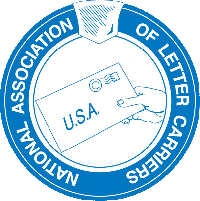 The NALC quickly established a nationwide door-to-door campaign for MDA and continues to support MDA as a national sponsor today. The inaugural door-to-door campaign was heralded by a special two-hour, coast-to-coast television show hosted by Dean Martin and Jerry Lewis called “Television Party for Muscular Dystrophy Honoring the Letter Carriers of America for Their Volunteer March for Mercy.”
The NALC quickly established a nationwide door-to-door campaign for MDA and continues to support MDA as a national sponsor today. The inaugural door-to-door campaign was heralded by a special two-hour, coast-to-coast television show hosted by Dean Martin and Jerry Lewis called “Television Party for Muscular Dystrophy Honoring the Letter Carriers of America for Their Volunteer March for Mercy.”
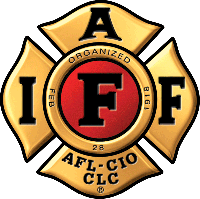 At that same time, a group of families affected by muscular dystrophy approached Local 718 fire station in Boston to ask professional fire fighters to help fight muscular dystrophy. Responding enthusiastically, the fire fighters took to the streets with boots in hand asking greater Boston to make donations that would be used to fight muscular dystrophy.
At that same time, a group of families affected by muscular dystrophy approached Local 718 fire station in Boston to ask professional fire fighters to help fight muscular dystrophy. Responding enthusiastically, the fire fighters took to the streets with boots in hand asking greater Boston to make donations that would be used to fight muscular dystrophy.
The Fill the Boot campaign was an instant success, with the IAFF membership passing a resolution to support MDA’s fight against muscular dystrophy until treatments and cures are found. Today, IAFF continues its tradition as the No. 1 fundraising organization for MDA, raising $26.8 million that year.
“America’s firefighters have stood shoulder to shoulder with MDA for more than 60 years, and together were changing with the times,” says Harold Schaitberger, General President of the IAFF — MDAs single-largest supporter, which celebrated its 60th anniversary as an MDA partner last year, contributing $26.8 million in 2014. “The kids and families MDA helps have always been our heroes, and were not stopping until we find cures.”
“For many MDA families, the telethon has represented a Labor Day tradition that connected us all in some way because our stories, triumphs and experiences are very similar,” says Jenny Imhoff, the mother of MDA’s National Goodwill Ambassador Reagan Imhoff, in an MDA release. “There’s some sadness tied to the end of the telethon, but there’s also a great deal of excitement for what’s to come, and our family has every confidence in the direction MDA is taking to deliver to us something more than hope, but the ultimate gift of strength and health for Reagan.”
Mr. Derks notes that Jerry Lewis, whose last MDA telethon appearance was in 2010, still is agelessly vibrant at age 89, and that it’s impossible to express the organization’s gratitude to him in words, and that the best way to say thank you and honor Lewis’s legacy is to underscore the MDA’s commitment to “his kids,” plus the adults and families MDA serves.
“Because of Jerry’s leadership and past MDA investments,” says Mr. Derks, “the muscular dystrophy and ALS disease landscapes are transforming. More new drugs and therapies are expected in the next five years than in the prior five decades. For Duchenne muscular dystrophy, for example, 120 clinical trials are underway or have been completed compared to just five a decade ago. Progress for our families cant come soon enough.”
So while the MDA makes its transition from the telethon, the same spirit of innovation that launched the show six decades ago endures, and is expanding in fresh and meaningful ways through which current supporters and a new generation will help propel more new discoveries.
MDA has launched an ambitious five-year plan to redouble and refocus its research investments; introduce more clinical trials through partnerships with medical institutions and drug developers; improve the quality of care, services and therapies for families; and open new channels to connect with children and adults needing MDA assistance. In 2014, MDA funded 250 research projects in 11 countries. It also operates a network of more than 150 clinics nationwide assisting more than 100,000 registered families.
For more information, visit: https://mda.org and follow on https://facebook.com/MDA national and @MDAnews.
More information on the history of the telethon with video clips and photos, as well as perspective on the change of focus, go to:
https://mda.org/telethon
Sources:
MDA






